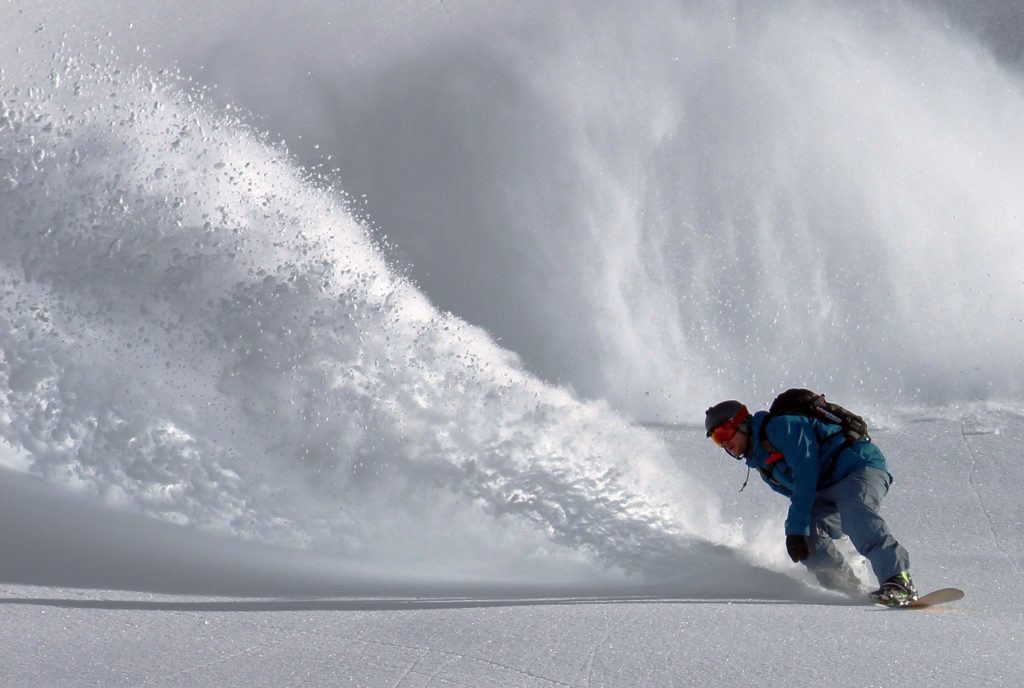Avalanches – What You Need To Know
-
May 2, 2017
The mountains of Europe are a massive draw for millions of skiers and snowboarders who arrive en-masse each year for their winter ski holiday. Ski resorts are often viewed as large outdoor leisure parks and so it’s easy to overlook the obvious dangers that are inherent in this environment. That’s not to say skiing is unsafe. Ski resorts are purposely designed to be as safe as possible. after all, accidents are bad for business – negative publicity surrounding a resort’s safety would see lift pass sales go downhill faster than Marcel Hirscher.
However, for anyone new to skiing, avalanches present a sense of fascination which enchants and terrifies in much the same way shark attacks hold a fear over swimmers in the sea. We know very well the likelihood of being affected is very remote, and perhaps a bit irrational, but the fear is there nonetheless. A question we often hear from new clients who have never been skiing before is ‘are avalanches a real danger?’.
Our latest blog post has a quick look at avalanches and whether we should be afraid of encountering one.
What Exactly Is An Avalanche?
Simply put, an avalanche is a rapid movement of a significant amount of snow, down a slope. After an avalanche starts it can quickly accelerate and increase in mass as it pulls in more snow as it descends the slope. As the momentum and mass increases, an avalanche can pass through most things in its way until it eventually comes to a stop as the force decreases.
There are three main types of avalanche – Slab, Powder Snow and Wet Snow.
A slab avalanche occurs when a whole slab of snow breaks away along a ‘fracture’ line. This is caused when the snow has naturally built up in several layers and it is the top layer which breaks away from the weaker layer directly underneath. As the name suggests, the whole slab of snow breaks off and begins to travel.
Powder avalanches are quite a spectacle to witness, providing you are watching from the safety of the other side of a valley! They fly down the side of the mountain like a fluffy looking white cloud, travelling at incredible speeds. As this type of avalanche travels with great speed and force, when it eventually comes to rest, it can set like concrete – and the air blast it causes can literally force the air out of your lungs!
Wet snow avalanches move a lot slower in comparison to powder avalanches.
Why Do Avalanches Occur?
There are a number of reasons why avalanches occur, but often they are triggered by humans skiing or boarding in the wrong place and in the wrong conditions. Others are caused simply by the environmental conditions such as high winds or changes in temperature which can cause movements in the upper layers of the snow pack as a result of lower layers weakening.
When and Where Do They Happen?
Technically, an avalanche can happen anywhere where you have snow on a slope, but if you live in the UK this doesn’t mean you need to start panicking if your house is at the bottom of a hill and it starts snowing! Avalanches happen when there are several layers of snow which have compacted and fallen at different times, which means weaknesses in underlying layers allows the top layer to break away, so we would need to have continued snowfall over a fairly prolonged period of weeks before there was a real threat.
It will come as no surprise therefore, to learn that avalanches are most likely to occur in cold, mountainous regions of the world where heavy snowfall is often experienced.
I’m Going Skiing, Should I be Concerned?
The ski areas in the Aosta Valley, used by Interski, have excellent safety records and the lift companies which run them are extra vigilant in ensuring not only that pistes are kept in good condition, but that avalanche risks and triggers are carefully monitored. However, you should never overlook the fact that skiing and snowboarding come with inherent risks which can be mitigated, but never entirely removed. The biggest risk of being directly affected by avalanches comes from skiing off-piste, so if you stick to the marked runs, the chances of you ever encountering a tricky situation with an avalanche are slim – very slim. If you start taking more risks and straying from the marked areas, the chances of an avalanche occurring increase. This isn’t to say off-piste skiing is a complete no, but it should only be tackled by those who are competent and experienced or at the very least being guided by those who are.
When you consider how many people are either injured or killed by avalanches each year in comparison to how many people actually go skiing and you’ll realise the risk is relatively very small. In fact, statistically you’re more likely to have an accident in your car on the way to the slopes!



Robert McIntosh